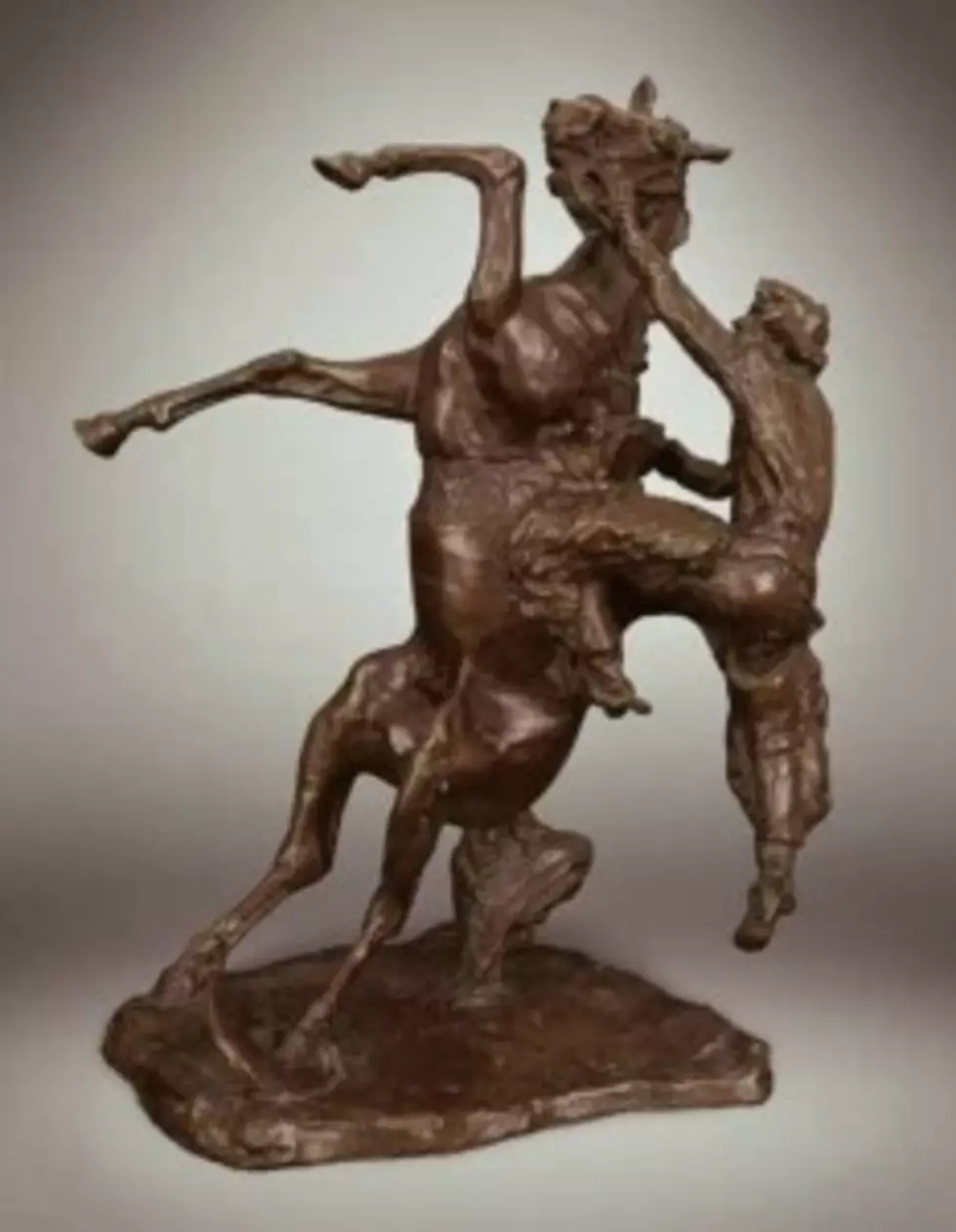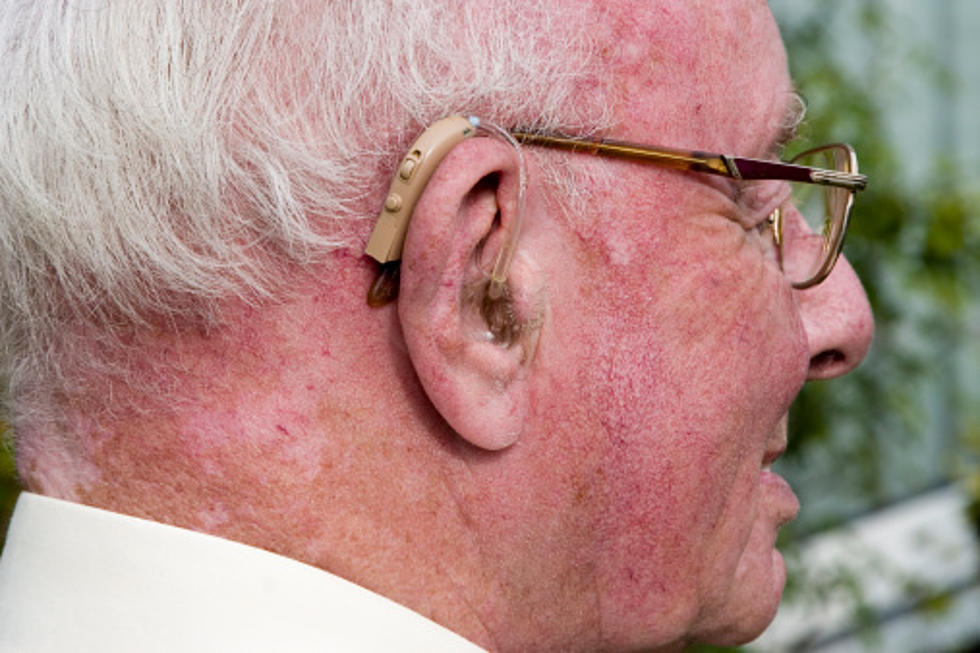
Notable Russell Bronze To be Auctioned at Museum Benefit
February 14, 2017, Great Falls, Mont. – The C.M. Russell Museum has recently added the Charles M. Russell (1864–1926) bronze, Where the Best of Riders Quit, to The Russell Live Auction on March 18, 2017. The 14 ½ x 10 x 9-inches sculpture is signed and dated on it base, CM Russell (skull), and is also inscribed, Calif. Art Bronze Fnry, L.A.
Russell first conceived Where the Best of Riders Quit in May 1889, when he sent a drawing portraying the same composition to Frank Leslie’s Illustrated Newspaper. Titled The Mankiller, it became one of Charlie’s most celebrated compositions.
The bronze depicts a saddled horse raised to full height on two legs, forelegs flailing at the air, as the rider, stretched to full length along the horse’s back and with one foot still in the stirrup, one hand on the saddle horn and the other reaching up for the bridle, appears ready to regain control or jump for his life.
Production of Where the Best of Riders Quit in bronze was undertaken by Roman Bronze Works in 1923 and later transferred to California Art Bronze Foundry following the artist’s death in 1926. It is estimated there are fifteen examples of this bronze cast, eight of which are confirmed to be executed by Roman Bronze Works and five completed by the California Art Bronze Foundry.
Its production record is noteworthy because the artist’s wife, Nancy, was the integral liaison between the foundries and the artist. Works cast in her lifetime, pre-1939, are also considered “lifetime.” In this case, while Roman Bronze Works produced the piece up until the artist’s death, when orders began to come thereafter, Nancy Russell moved the model out west for casting by Guido Nelli’s California Art Bronze Foundry.
Uniquely, Where the Best of Riders Quit remains as relevant and poignant as it was almost 100 years ago. While the work doubtlessly documents the complexities of life in the early West, it continues to offer important commentary on the continuing saga between horse and rider. Charles Marion Russell’s commitment to portraying the nitty gritty of the real American cowboy and the relationship between that character and the landscape, native peoples, flora, and fauna of the western United States has resulted in his acceptance into the canon of global art history.









